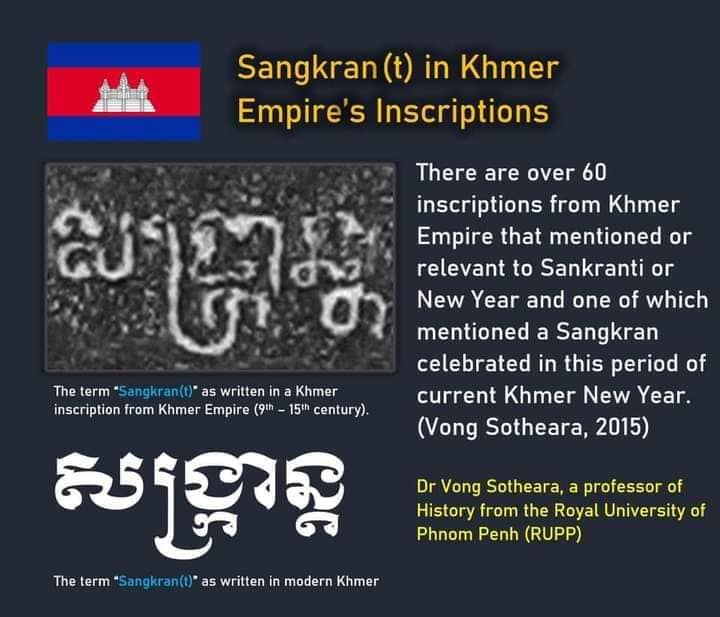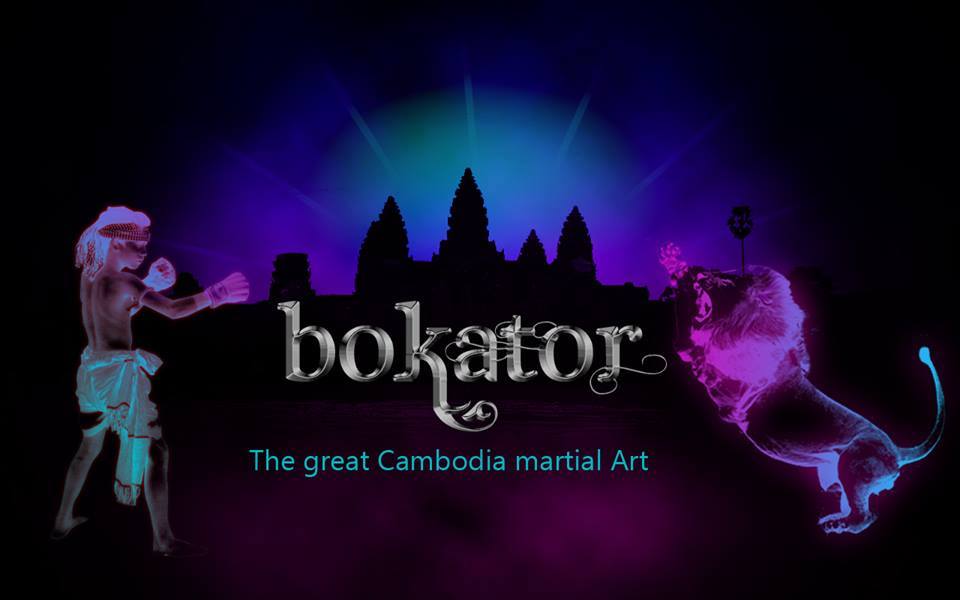Cambodia New Year
Chaul Chnam Thmey is the name of the Cambodia New Year Festival; it is Khmer for “Entering the New Year”. Khmer is the official language of Cambodia and Theravada Buddhism is the main religion with as much as 96 % of the population following it. The New Year Festival is a three day long celebration with start 13-14 of April but the exact day of the New Year varies from one year to another and is decided through the Moha Sangkran, which is an ancient horoscope. The Chaul Chnam Thmey coincides with the end of harvesting season so all the country’s farmers are very happy and light at heart during these festive days. Furthermore the rainy season is at hand and the whole country is well prepared for a massive party.
In Cambodia New Years is the greatest festival of all, everyone is free from work and united with family and friends. The Cambodians who live abroad will join other Cambodians to celebrate the New Year, but often during the weekend that falls closest to the dates 13-14 of April.
The ideas of the Khmer New Year were gathered from Brahmanism which is a branch of Hinduism. Brahmanism was the main religion In Cambodia before Buddhism took over and when the religion switch happened the old traditions were just applied on the new religion. These days Chaul Chnam Thmey is associated with Buddha.
If you visit Cambodia during the New Year Festival, you may expect it to be a wet festival where the locals splash water at one another, as in other South East Asian countries, but in Cambodia New Year’s isn’t exactly this kind of water festival. There might be some water splashing on the streets of Cambodia during New Year, but it is nothing compared to what goes on in neighbouring countries at their New Year Festivals. Even so, the Cambodia New Year might still be called “Water Festival”, mostly because it resembles the New Year parties in neighbouring countries in so many other ways. There is actually another big festival in Cambodia that includes water splashing, but it takes place in November and focuses on traditional boat racing, Bon Om Thook is its Khmer name and among tourists often referred to as Cambodia Water Festival.
Schedule for the New Year Festival in Cambodia
Day 1
This day is called Maha Sangkran. It is the inauguration of the three day long festival where people say goodbye to the past year and welcome the new one. In the morning people wash their faces with holy water, at noon their chests and in the evening their feet. They also dress up and burn incense sticks, light candles and thank Buddha for sharing his wisdom with them by bowing in front of his image.
Day 2
The second day of Chaul Chnam Thmey is called Wanabat and is the day of charity. The people give gifts to their employers and to the elders of their family. They also donate money or things to the poor, their servants, the homeless or hospitals and child institutions. There is also a ceremony at the monastery where people declare dedication to their ancestors. In the evening of the second day people head to the temples to build sand stupas and to get the monks’ blessings for peace and happiness.
Day 3
T’ngai Laeng Saka is the name of the third day of the Cambodian New Year Festival. From this day the New Year officially starts, so it could also be called New Year’s Day. Early in the morning people go visit the temples once again and a ceremony including the sand stupas takes place. In the evening the Water Festival ends with a great ceremony where all the young people of the nation wash their elders with perfumed holy water. Also the monks and all Buddha images are washed as a sign of devotion by the Khmer people. This way the people show their remorse for all the sins they have committed during the past year and accept blessings from the elders and from Buddha. It is a very special time when everyone – young, old, women, men, children and elders, spend time together, laughing and sharing with each other in respectful water games.
Cambodia New Year Traditions
The five sand castles that are built in the temples on the second day of Chaul Chnam Thmey represent the Tavatsima stupa, where the hair and diadem of Buddha are buried, and four other stupas symbolizing Buddha’s favourite desciples - Sariputta, Moggallana, Ananda and Maha Kassapa. The sand stupa tradition exists in most South East Asian countries.
Another tradition for the New Year Water Festival in Cambodia is to mix some white chalk with the water that’s poured over one another, sometimes they will colour the chalk in bright colours like yellow or pink. This ritual is called Sraung Preah.
In Cambodia food is an essential part of all festivities and a special New Year dish is Kralan which is a sweet cake made of grated coconut, coconut milk, rice and beans that are slowly roasted inside a bamboo stick.
Games are a big part of Cambodian everyday life and especially of the festivals. In the street corners you’ll see families and other groups of people dancing and playing games together, taking a break from their daily routine. The Cambodians want to turn boring moments into playful and memorable occasions and it is believed that playing games help keeping both body and mind vital and strong.












